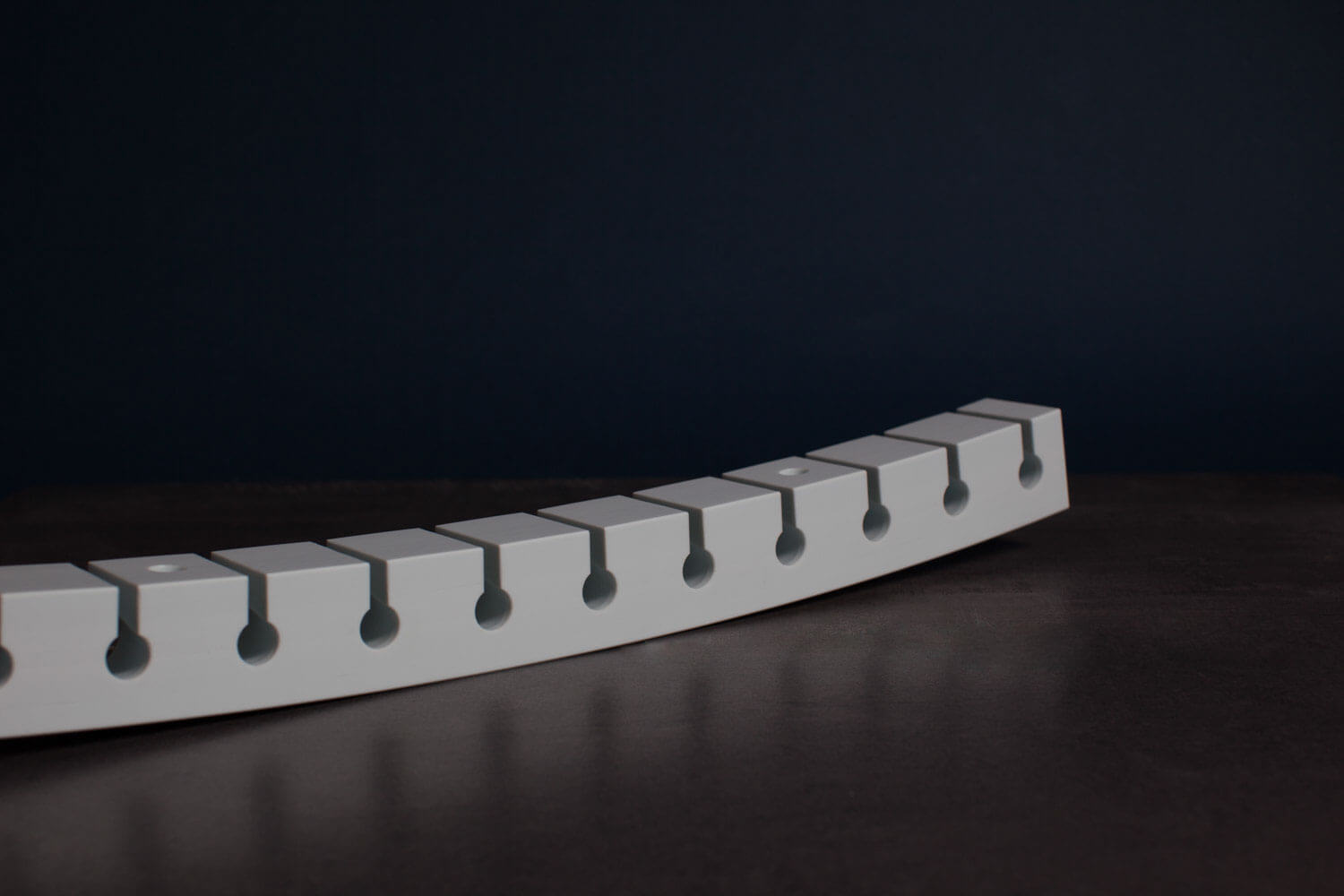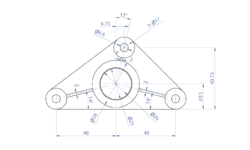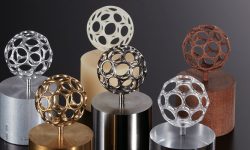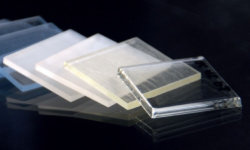Injection molding can process a wide range of materials. In addition to metals and thermosets, injection molding is suited to a large number of thermoplastic polymers, from commodity polymers like ABS to high-performance materials like PEEK.
Engineers will select a thermoplastic based on the requirements of the molded part. Some moldings need to be impact-resistant, some need to be food-safe, while others need to be flexible. Another property that engineers and product designers often require is heat resistance. Heat-resistant molded parts can be used in a range of situations, such as near engines, within powerful electronic parts, and in extreme outdoor environments.
So which are the best heat-resistant thermoplastics for injection molding? This article discusses some of the most popular thermally resistant injection molding materials, noting their respective advantages and applications, as well as discussing the complexities of using such materials during the injection molding process.
Premium temperature-resistant plastics
The most temperature-resistant injection molding plastics come at a high cost but exhibit excellent thermal performance, both in terms of their continuous service temperature (CST) — how much heat they can withstand over long periods of time — and their resistance to even higher temperatures in short bursts.
1. PEEK
Maximum CST: 260 °C
Polyether ether ketone (PEEK) is a high-performance polymer used for engineering purposes. With a melting temperature of 343 °C, it is as robust and strong as it is difficult to process. Its extremely high CST makes it suitable for applications in demanding industries like aerospace. Example PEEK parts include bearings, pumps, and compressor plate valves.
2. PPS and PPSU
Maximum CST: 220 °C and 210 °C
Polyphenylene sulfide (PPS) is another high-performance polymer with engineering applications. As well as having a high CST, it exhibits excellent UV and chemical resistance, making it suitable for outdoor use. PPS parts include gaskets, seals, and electrical insulation. Polyphenylsulfone (PPSU) is slightly weaker and less thermally resistant, but exhibits greater hardness.
3. PEI
Maximum CST: 170 °C
Polyetherimide (PEI), often known by the brand name Ultem, is a high-performance polymer often used as a slightly more affordable alternative to PEEK. As well as performing well in high temperatures, it offers good strength, ductility, and chemical resistance. Applications of PEI include medical components, throttle bodies, and thermostat housings.
Affordable temperature-resistant plastics
Engineers sometimes need temperature-resistant moldings that do not need to be of aerospace-grade quality. In these cases, they can choose from more affordable temperature-resistant polymers with good engineering properties. (For the lowest possible budgets, engineers might select a commodity polymer like ABS, which has a reasonable CST of 90 °C but which is also sold in various “high heat” ABS formulations resisting up to 110 °C.)
1. PC
Maximum CST: 140 °C
Polycarbonate (PC) is often used for its high-quality appearance — especially for transparent parts — and good impact resistance, but the thermoplastic also offers good heat resistance. PC can be molded for uses in electronics, automotive, and aerospace. It is also used for optical and lighting components like headlamp lenses.
2. PA 66
Maximum CST: 140 °C
Nylon 66 is one of the more heat-resistant polyamides (PA) that is widely used in injection molding. With good mechanical strength and rigidity, nylon 66 has applications in the automotive industry for under-the-hood components like air intake manifolds. Glass-filled PA66 has a slightly higher CST, while PA46 is another good choice for high-temp applications.
3. POM
Maximum CST: 105 °C
Polyoxymethylene (POM) or acetal is another engineering thermoplastic in a lower price bracket than ultra-premium materials like PEEK. It provides good stiffness and low friction, with a relatively high CST. Molded POM can be made into various engineering parts like gears and fasteners, as well as automotive and electronics parts.
Molding considerations
Because the injection molding machine must melt down pellets of the chosen thermoplastics, high-temperature materials are necessarily more difficult to process. However, with the right setup, it is still possible to achieve high-quality moldings using these engineering materials.
For an ultra high-temp plastic like PEEK, the injection molding machine barrel will reach temperatures above 400 °C, with the molds around 160 °C. These high temperatures can pose certain issues, such as residue getting stuck in the barrel feeder areas. High-temp materials like PEEK often necessitate purging of the machine before use of a subsequent molding material.
Another molding consideration with high-temperature plastics is unwanted freezing off of the nozzle or mold gates. If temperatures are not quite high enough, gates or the machine nozzle can freeze off before the mold cavity is completely filled. Larger gates may mitigate this issue if it persists.
Molding high-temperature plastics with 3ERP
3ERP has many years of experience making prototypes and production parts via injection molding, and we can mold parts in the above materials and many more besides. Request a free quote for your next batch of high-temperature plastic parts.








